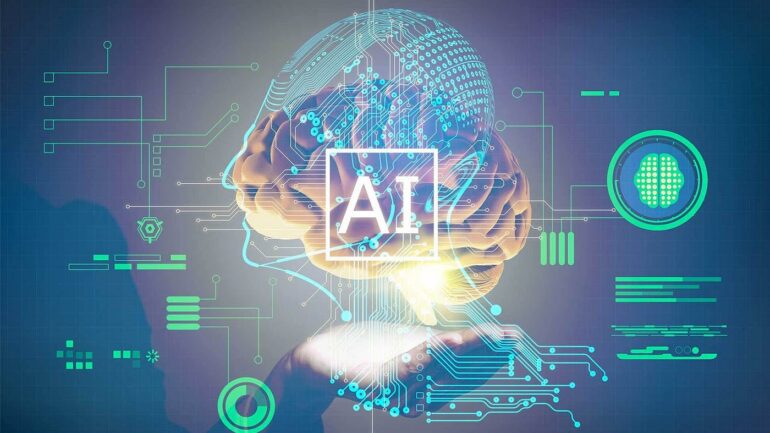TL;DR:
- Legacy systems hinder AI adoption in business modernization efforts.
- Rackspace Cloud Modernization Survey reveals that 90% cite AI as a motivator for modernization.
- Over half of organizations have not considered moving away from legacy systems.
- Lack of expertise contributes to the slowdown in modernization.
- The timely transition from legacy systems is crucial for maintaining competitiveness.
- Cloud adoption trends show a shift towards public and private cloud solutions.
- AI’s value persists with predictive analytics and generative AI.
Main AI News:
In the ever-evolving landscape of modern business, the adoption of artificial intelligence (AI) has emerged as a pivotal driver of transformation. Yet, a formidable obstacle stands in the way of progress: legacy infrastructure. Business leaders are acutely aware that to harness the full potential of AI, they must confront the imperative to either jettison outdated systems or embark on a comprehensive modernization journey.
The Rackspace Cloud Modernization Survey of 2023 paints a vivid picture of this conundrum. An overwhelming ninety percent of respondents cited AI as a compelling motivation for modernization, underscoring the burgeoning interest in AI technologies. This surge in enthusiasm coincides with the recent ascendancy of generative AI, a phenomenon that has permeated both consumer and enterprise spheres. Businesses, irrespective of their scale, are awakening to the transformative benefits AI offers, from fortifying security to enhancing efficiency and curbing costs.
However, the shackles of legacy systems continue to impede this transformative wave. A staggering revelation from the survey indicates that the average company grapples with a daunting twenty-two legacy systems or applications still in active use. Surprisingly, over fifty percent of these organizations have not even entertained the notion of severing ties with their legacy systems. Their reluctance stems from either an unwavering reliance on these systems or the lack of viable alternatives.
One of the chief culprits behind this modernization inertia is the dearth of expertise. A quarter of respondents confessed to a lack of in-house talent equipped to navigate this transition, and an additional eight percent exhibited no intentions of enlisting managed service partners to bridge this expertise gap.
The urgency of the situation cannot be overstated. Business leaders comprehend that the path to reaping AI’s rewards necessitates shedding the burdens of legacy systems. Time is of the essence, for enterprises that linger too long in the transition process risk forfeiting their competitive edge to rivals who have already embarked on the journey.
Jeff DeVerter, Chief Technology Evangelist at Rackspace Technology, articulates this predicament succinctly: “It is telling that even well into their cloud journey, the three most critical apps organizations say they need to upgrade are truly at the heart of the business because they are at once the most important things to modernize and the most challenging.” He adds, “At the same time, it is encouraging to see leaders understand that app modernization is key to getting the most out of cutting-edge technologies. It could be that the prospect of losing out on AI will motivate organizations to finally get off the sidelines when it comes to modernization of core systems.”
On the front of cloud adoption, the landscape is evenly divided among organizations operating in public cloud, private cloud, and those remaining outside the cloud paradigm. However, in a span of three years, a significant shift is anticipated. Forty-one percent of businesses anticipate operating in the public cloud, while forty-eight percent foresee a future in the private cloud, leaving a mere eleven percent standing outside the cloud ecosystem.
AI has witnessed its share of fluctuations in terms of business interest, but with the ascendancy of predictive analytics and generative AI, certain facets of AI promise to remain indispensable to enterprise-level organizations, transcending the transient allure of hype.
Conclusion:
The persistent reliance on legacy systems in the face of burgeoning AI technologies poses a substantial barrier to business modernization. However, recognizing the urgency and the transformative potential of AI, organizations must swiftly address this issue to remain competitive. The evolving landscape of cloud adoption further underscores the imperative for businesses to adapt and embrace cloud solutions. Despite fluctuations in interest, AI’s utility endures, particularly with the advent of predictive analytics and generative AI, making it an indispensable asset for enterprise-level organizations in an ever-evolving market.

